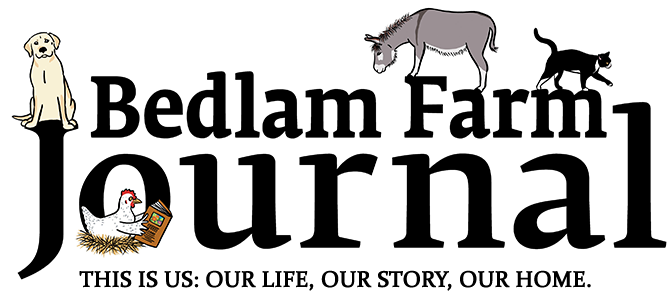A blog reader reminded me of the excellent book “Mozart’s Starling” by Lyanda Lynn Haupt (I bought it some time ago and lost it somewhere)
It’s one of those books that gives us a window into creativity and the human-animal friendship. As some of you know, I’ve made friends (sort of) with a pushy, curious, and highly bright bird called a Starling. I’m loving it.
The starling has minor status in the bird world. It was brought into the country in the 1850s and is considered an unwanted pest without protection. It’s illegal to own a Starling but not to kill one.
Garden and flower lovers seethe at the mention (as I’ve learned) of this bird; he is seen as a marauding thief who will still eat food from smaller birds and even steal their next.
Every morning, I sit and meditate in my window. My Starling (I’m calling him Pincus) lands just outside my window, stares at me, chases the finches away from the feeder, and steals their food. Like Mozart himself, we seem to be friends. He always takes a good, long look at me. This morning, the window was heavily frosted, which made for a beautiful photograph, but we made contact with it anyway.
Although bird lovers dislike these birds, they seem to love people when given the chance and love to copy their voices and songs.
I can picture that while I’m writing or meditating.
I fantasized about getting a substantial cage and raising a Starling, which is said to be brighter than Parrots and even better mimics. My wife was wisely disinterested. I’m sure it’s illegal, but nobody seems to care.
I was up late reading the story of Mozart and his Starling. I can’t beat this for storytelling:
As Lyanda Lynn Haupt tells it in her excellent book, on April 12, 1784, Mozart had just completed the famous Piana Concerto No. 17 in G and decided to walk. His stockings pooled in wrinkles around his ankles, and as he paused to tuck the thin skin under his buttoned cuffs, he was startled by a whistled tune. It sounded familiar. He followed the song. The whistles repeated, leading him down the block and through a bird vendor’s open door.
“Just inside,” writes Haupt, “Mozart was greeted by a caged starling who jumped to the edge of his perch, cocked his head, and stared intently into the maestro’s eyes, chirping warmth. The bird was flirting. Then the Starling did it again.”
According to Mozart’s detailed account, the “bird turned its head away from the composer, pointed its bill skyward, fluffed its shimmering throat feathers, and sanded the themes from the allegretto in Mozart’s new concerto, completed just one month earlier and never performed publicly. The Starling, noted Mozart, made a minor rhythmic modification (a dramatic fermata at the beginning of the phrase) and raised the last two Gs in the G-sharp fragment, but the basic motif was unmistakable.
Mozart took the Starling home and named him Bird Star. He lived happily and peacefully in Mozart’s home until his death.
Life is wondrous and mysterious, and I often think about it. Mozart and I have nothing in common, but hundreds of years ago, he was walking down the street and meeting a Starling who flirted with him and mimicked his music.
And here I am centuries later, coming inside on a frigid day and sitting beneath a bird feeder in my Bird Meditation chair with camera in hand. Suddenly, the notorious and much-reviled Starlying pops up in the window and seems to flirt with me.
Maria says we won’t get a pet Starling. But did I say life was mysterious?
I never expected to have two donkeys, either. It made no sense, I told myself.



I believe that true bird lovers love all birds. Starlings are brats, certainly, but they are amusing and beautiful in their own way. To me, birds are mystical creatures that are near to God. My idea of God which is akin to Nature and the Universe. Have to seen the story of the Taiga Bean goose which is visiting Washington County for the first time? It was apparently hanging out in Greenwich recently. It is at least 3,500 miles from its normal territory. I haven not seen it.
Jon, there is a book about “Arnie the Darling Starling,” January 1, 1983
by Margarete Sigl Corbo (Author), and then a sequel also.
Relates the true story of a talking starling raised by a grandmother, his refusal to return to the wild, and his remarkable effect on a number of lives.
This must have happened before, or in spite of, this being now illegal.
Thanks Laura
My two cents…
I can hardly bear the thought of a caged bird. They’re free and beautiful creatures, living their lives, enjoying their flights and the food good souls provide them. To cage a free and wild thing seems so counter-intuitive from anyone who is discovering his/her own spiritual existence.
I agree I feel the same way about barn cats